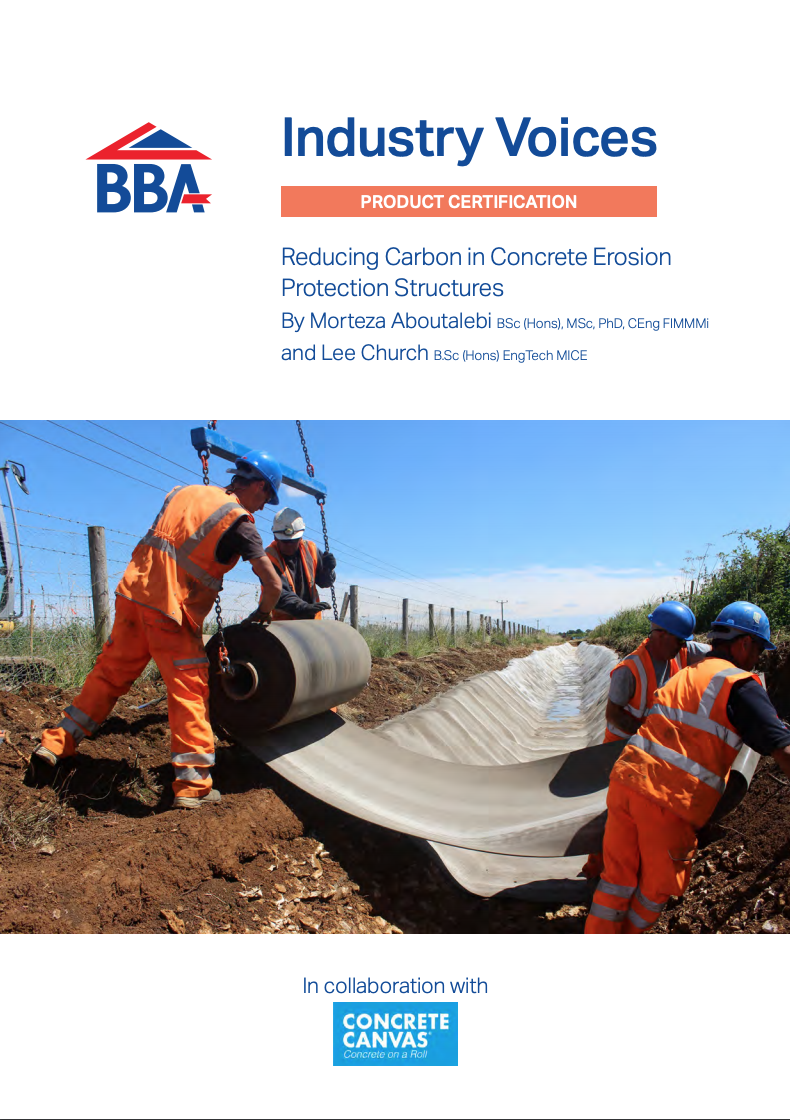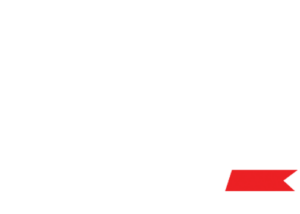Does the built environment value chain understand the meaning and use of conformity markings and performance certifications?
Government and industry’s response to Brexit and the Grenfell Tower tragedy are inching forward – ushering in big changes to the regime around construction product specification and installation – but a great deal of uncertainty remains.
The current tangle will take time to unravel but there are surely some quick wins available that will provide practical support in difficult times. One obvious example is a concerted push to make sure that everyone in the value chain understands the significance of the range of marks and certifications attached to construction products – and how they should and should not be used.
What is creating all this uncertainty?
There are multiple strands to the changes, adding further complexity and uncertainty.
Plans to replace the EU’s CE conformity mark with the domestic UKCA mark have – to say the least – not gone smoothly! After several years of back and forth, the switchover for most categories of products is on hold. The deadline for construction products, however, has only been extended to June 2025. The current UKCA process is basically a write-across from the CE regime. Meanwhile, the EU is reviewing the underlying EU Construction Products Regulation (CPR), which will force the UK regulators to decide on their approach; stay aligned to the EU or diverge.
At the same time, government is still considering its response to the Independent Review of the Construction Product Testing Regime carried out by ex-Chief Construction Advisor Paul Morrell and KC Anneleise Day in the wake of the Grenfell Tragedy.
Morrell and Day argue that because the CPR’s underlying purpose is to create a level playing field for trade, there isn’t actually a specific “UK system for testing the safety of construction products”: Instead, we have “a system for assessing conformity to whatever performance requirements are set down in the standards”. They are also concerned that under the CPR, as pasted into UK law, only products that fall under a UK Designated Standard (currently identical to the relevant EU Harmonised Standard) are subject to regulation – leaving, according to some sources, as many as two thirds of products on the market unregulated. In response, they have suggested that one option would be to bring all products under regulation via a general safety requirement and/or creating new designated standards alongside a list of safety critical products to be set out in further regulations by the Secretary of State.
The wider response to the Grenfell tragedy is also gathering pace with the rolling implementation of the Building Safety Act. The Act places new responsibilities on all duty holders in relation to all buildings, including designers and contractors as part of a drive to raise the bar on accountability and skills. Additionally, the new Building Safety Regulator (BSR) will oversee a new regime for higher risk buildings that includes new approval and change control procedures. The BSR will work with the existing Office for Product Safety and Standards, which has recently expanded its remit to include construction products. The regulations that will underpin this role are still to be published but its Deputy Director recently advised that “we are out there regulating products now, ahead of a future regime” with a focus on priority products including fire doors, smoke dampers, plywood, electrical cables and insulation.
Back to basics?
Faced with this complicated picture, it isn’t surprising that when we spoke with several trade associations representing different parts of the value chain, they were sometimes struggling to give clear advice to their member companies. It is also true that much of the confusion will only be fully resolved by pending decisions from Ministers, publication of new secondary regulations and the bedding in of the new Regulators.
The sector can, however, start acting now to take heed of the words of the Chair of the Health & Safety Executive, Sarah Newton, who has called on industry to take “ownership and responsibility for delivering a safe system through the life cycle of a building” and urged that greater “collaboration and collective responsibility are key to delivering better standards”.
A fundamental step on this culture change journey is surely to ensure that clients, specifiers, contractors and anyone else with an influence over the materials and systems that end up in our buildings fully understand the meaning of product markings and certifications, and how they relate to their responsibilities.
Taking two important examples. Firstly, as we’ve already seen, the UKCA/CE marking is mandatory where a product falls under the scope of a UK designated standard/EU harmonised standard – and functions as a declaration from the manufacturer that the product complies with the law for placing it on the market and applicable conformity assessment procedures. UKCA/CE can also be affixed if a product is covered by a United Kingdom Assessment Document (UKAD). They are not, however, currently mandatory for all construction products, and neither are they a universally valid quality indicator. Importantly, they also explicitly do not deal with compliance with building regulations or duty holders’ obligations. Furthermore, manufacturers need to declare a level of performance against a set of essential characteristics (or report No Performance Determined if a characteristic is judged irrelevant to the intended function of the product). This means that anyone substituting a specified product cannot assume that an alternative carrying a UKCA/CE marking will offer equivalent performance.
Second, a BBA Agrément Certificate needs to be understood as the output from an assessment process that establishes a quantifiable measure of performance for a specific product or system. The assessment is grounded in national and European standards but unlike CE/UKCA marking it does provide independent third-party assurance of the product’s formulation and performance claim. Agrément certificates are in effect expressions of the BBA’s expert assessment of its fitness for purpose in respect of its intended use. This means they provide information to potential specifiers to assess if a product is suitable for a particular installation. They can’t and shouldn’t be used as a universal guarantee of a product’s safety or compliance with building regulations in all circumstances, nor do they remove the need for suitably qualified and experienced professionals to make judgements on their application on a case-by-case basis.
On the evidence of our conversations with industry players, we aren’t convinced these basic principles are widely understood across the Built Environment. This is a barrier to all players fully grasping their legal responsibilities – and ultimately to a world in which highly competent professionals are using good quality, reliable product information to make the judgements needed to create better, safer and greener buildings.
Find out more about BBA Agrément Certificates here.
Do you agree? We’d love to know what you think. Email us: hello@bbacerts.co.uk.

AUTHOR PROFILE:
Andrew Crudgington is an independent researcher and writer who works across the built environment. Previously he was Director of Policy at the Institution of Civil Engineers.
Share This Story, Choose Your Platform!
Related News
Does the built environment value chain understand the meaning and use of conformity markings and performance certifications?
Government and industry’s response to Brexit and the Grenfell Tower tragedy are inching forward – ushering in big changes to the regime around construction product specification and installation – but a great deal of uncertainty remains.
The current tangle will take time to unravel but there are surely some quick wins available that will provide practical support in difficult times. One obvious example is a concerted push to make sure that everyone in the value chain understands the significance of the range of marks and certifications attached to construction products – and how they should and should not be used.
What is creating all this uncertainty?
There are multiple strands to the changes, adding further complexity and uncertainty.
Plans to replace the EU’s CE conformity mark with the domestic UKCA mark have – to say the least – not gone smoothly! After several years of back and forth, the switchover for most categories of products is on hold. The deadline for construction products, however, has only been extended to June 2025. The current UKCA process is basically a write-across from the CE regime. Meanwhile, the EU is reviewing the underlying EU Construction Products Regulation (CPR), which will force the UK regulators to decide on their approach; stay aligned to the EU or diverge.
At the same time, government is still considering its response to the Independent Review of the Construction Product Testing Regime carried out by ex-Chief Construction Advisor Paul Morrell and KC Anneleise Day in the wake of the Grenfell Tragedy.
Morrell and Day argue that because the CPR’s underlying purpose is to create a level playing field for trade, there isn’t actually a specific “UK system for testing the safety of construction products”: Instead, we have “a system for assessing conformity to whatever performance requirements are set down in the standards”. They are also concerned that under the CPR, as pasted into UK law, only products that fall under a UK Designated Standard (currently identical to the relevant EU Harmonised Standard) are subject to regulation – leaving, according to some sources, as many as two thirds of products on the market unregulated. In response, they have suggested that one option would be to bring all products under regulation via a general safety requirement and/or creating new designated standards alongside a list of safety critical products to be set out in further regulations by the Secretary of State.
The wider response to the Grenfell tragedy is also gathering pace with the rolling implementation of the Building Safety Act. The Act places new responsibilities on all duty holders in relation to all buildings, including designers and contractors as part of a drive to raise the bar on accountability and skills. Additionally, the new Building Safety Regulator (BSR) will oversee a new regime for higher risk buildings that includes new approval and change control procedures. The BSR will work with the existing Office for Product Safety and Standards, which has recently expanded its remit to include construction products. The regulations that will underpin this role are still to be published but its Deputy Director recently advised that “we are out there regulating products now, ahead of a future regime” with a focus on priority products including fire doors, smoke dampers, plywood, electrical cables and insulation.
Back to basics?
Faced with this complicated picture, it isn’t surprising that when we spoke with several trade associations representing different parts of the value chain, they were sometimes struggling to give clear advice to their member companies. It is also true that much of the confusion will only be fully resolved by pending decisions from Ministers, publication of new secondary regulations and the bedding in of the new Regulators.
The sector can, however, start acting now to take heed of the words of the Chair of the Health & Safety Executive, Sarah Newton, who has called on industry to take “ownership and responsibility for delivering a safe system through the life cycle of a building” and urged that greater “collaboration and collective responsibility are key to delivering better standards”.
A fundamental step on this culture change journey is surely to ensure that clients, specifiers, contractors and anyone else with an influence over the materials and systems that end up in our buildings fully understand the meaning of product markings and certifications, and how they relate to their responsibilities.
Taking two important examples. Firstly, as we’ve already seen, the UKCA/CE marking is mandatory where a product falls under the scope of a UK designated standard/EU harmonised standard – and functions as a declaration from the manufacturer that the product complies with the law for placing it on the market and applicable conformity assessment procedures. UKCA/CE can also be affixed if a product is covered by a United Kingdom Assessment Document (UKAD). They are not, however, currently mandatory for all construction products, and neither are they a universally valid quality indicator. Importantly, they also explicitly do not deal with compliance with building regulations or duty holders’ obligations. Furthermore, manufacturers need to declare a level of performance against a set of essential characteristics (or report No Performance Determined if a characteristic is judged irrelevant to the intended function of the product). This means that anyone substituting a specified product cannot assume that an alternative carrying a UKCA/CE marking will offer equivalent performance.
Second, a BBA Agrément Certificate needs to be understood as the output from an assessment process that establishes a quantifiable measure of performance for a specific product or system. The assessment is grounded in national and European standards but unlike CE/UKCA marking it does provide independent third-party assurance of the product’s formulation and performance claim. Agrément certificates are in effect expressions of the BBA’s expert assessment of its fitness for purpose in respect of its intended use. This means they provide information to potential specifiers to assess if a product is suitable for a particular installation. They can’t and shouldn’t be used as a universal guarantee of a product’s safety or compliance with building regulations in all circumstances, nor do they remove the need for suitably qualified and experienced professionals to make judgements on their application on a case-by-case basis.
On the evidence of our conversations with industry players, we aren’t convinced these basic principles are widely understood across the Built Environment. This is a barrier to all players fully grasping their legal responsibilities – and ultimately to a world in which highly competent professionals are using good quality, reliable product information to make the judgements needed to create better, safer and greener buildings.
Find out more about BBA Agrément Certificates here.
Do you agree? We’d love to know what you think. Email us: hello@bbacerts.co.uk.

AUTHOR PROFILE:
Andrew Crudgington is an independent researcher and writer who works across the built environment. Previously he was Director of Policy at the Institution of Civil Engineers.
Share This Story, Choose Your Platform!
Related News
Get in touch
Please complete the form below and we will contact you as soon as possible.
To help us to respond to your inquiry as quickly as possible, we have put a handy list of our services below.


